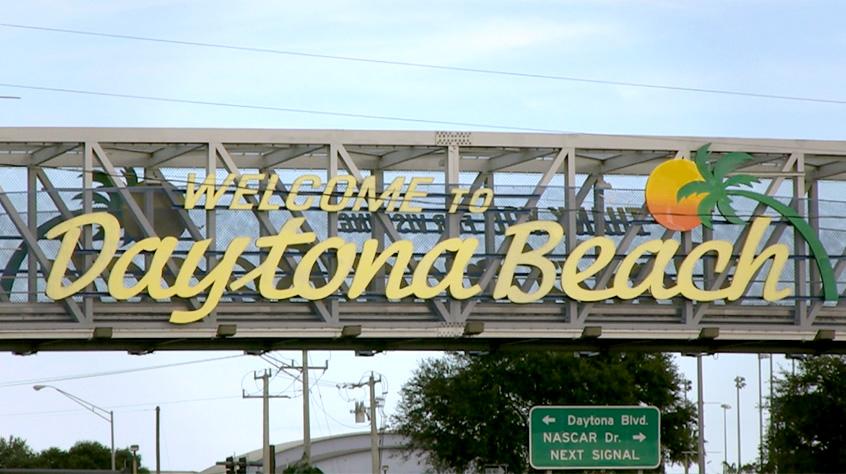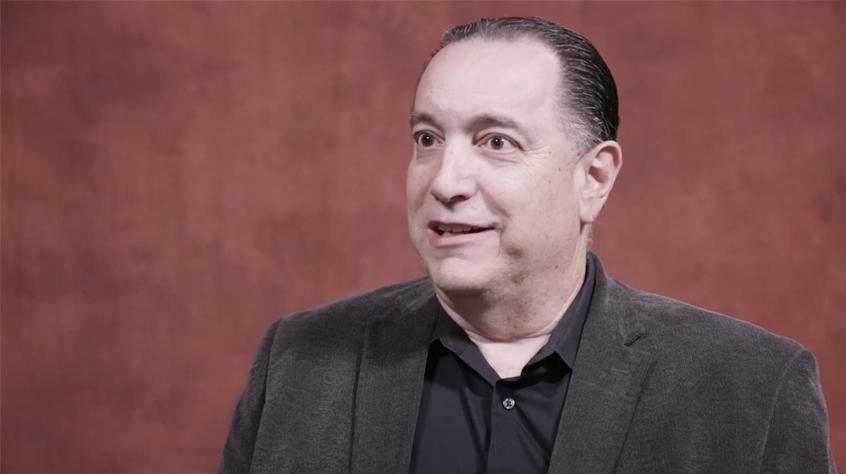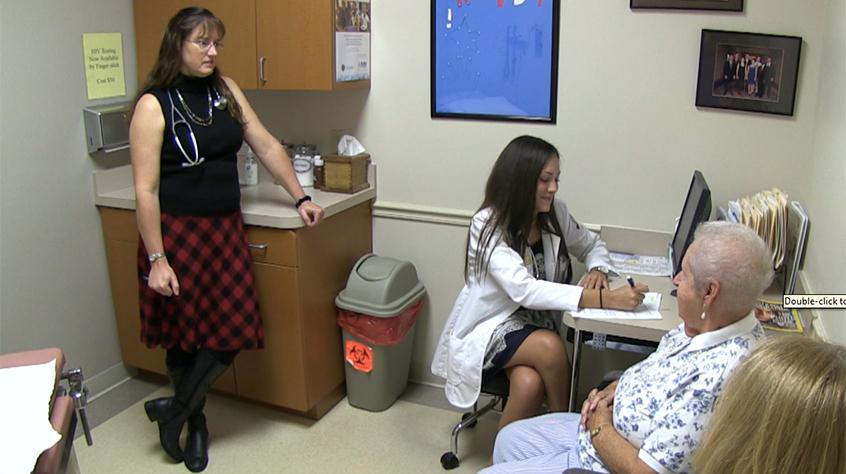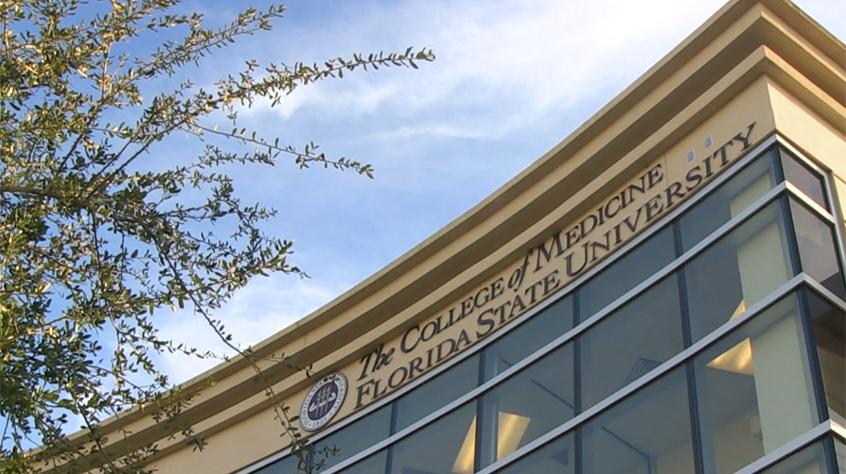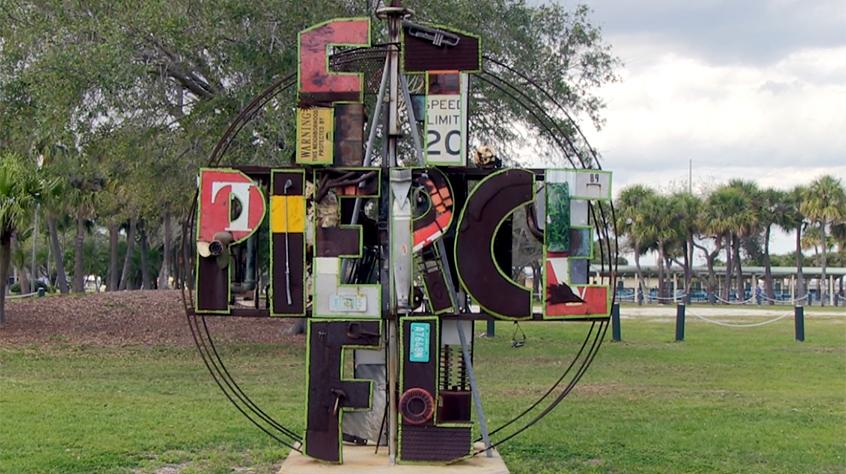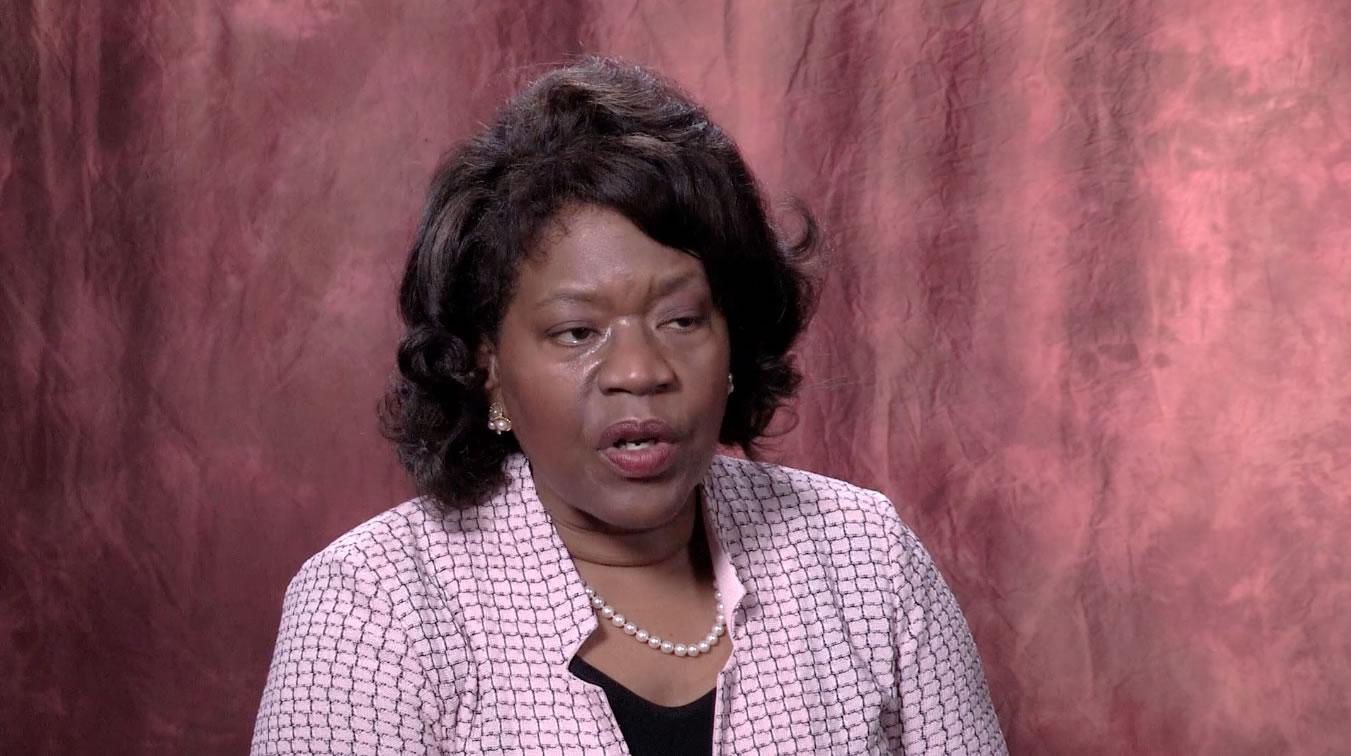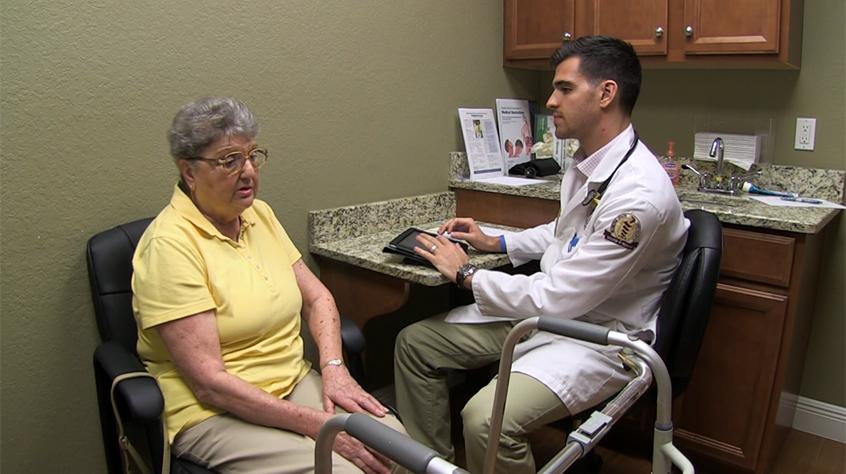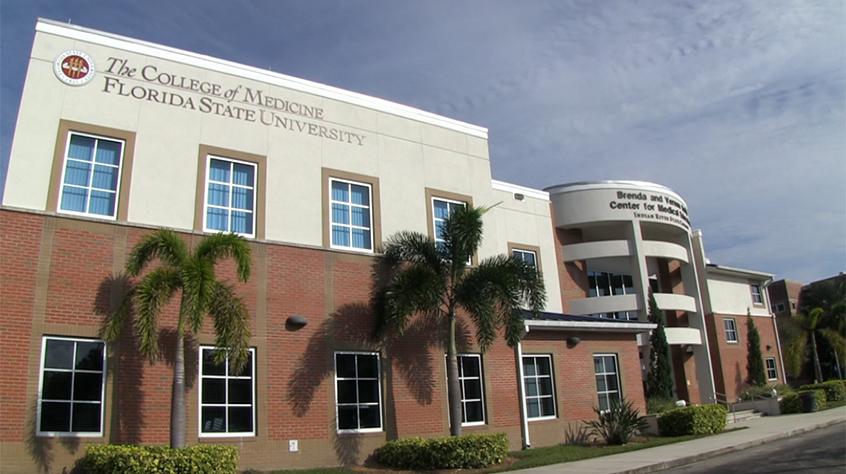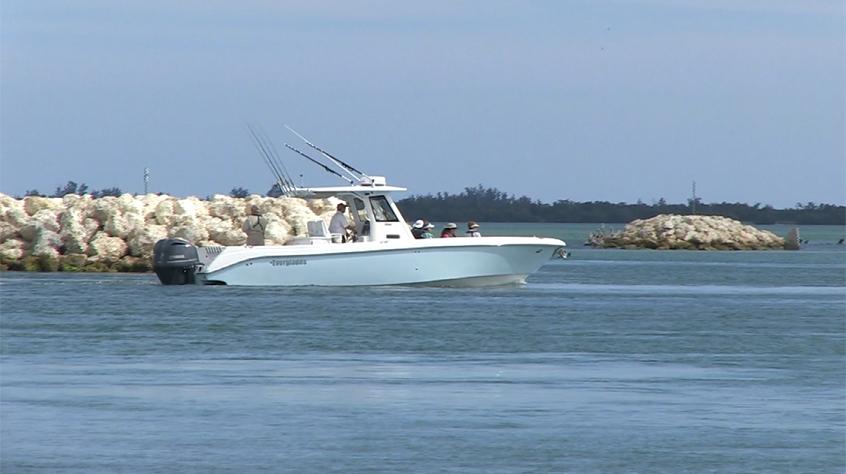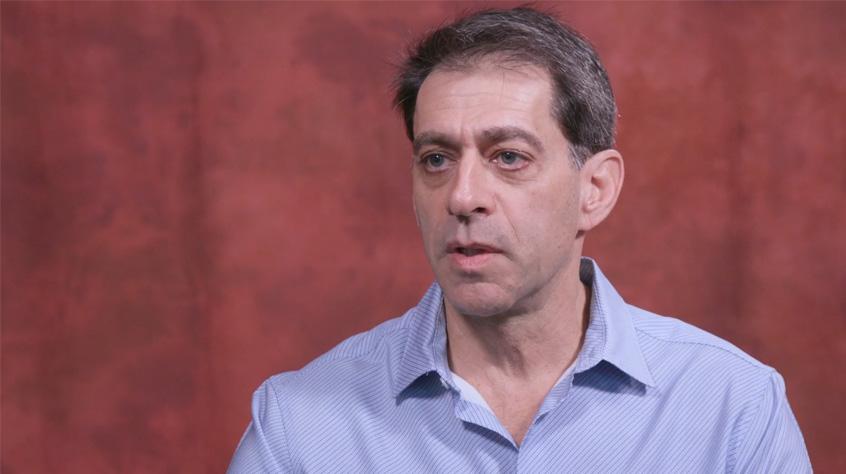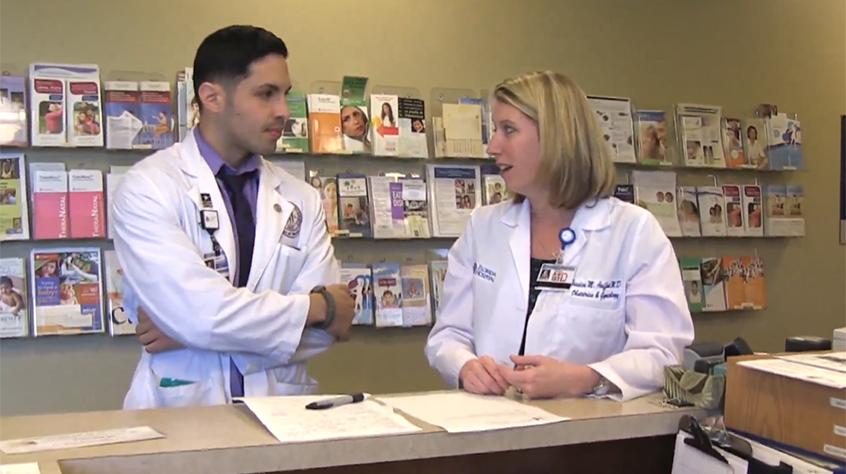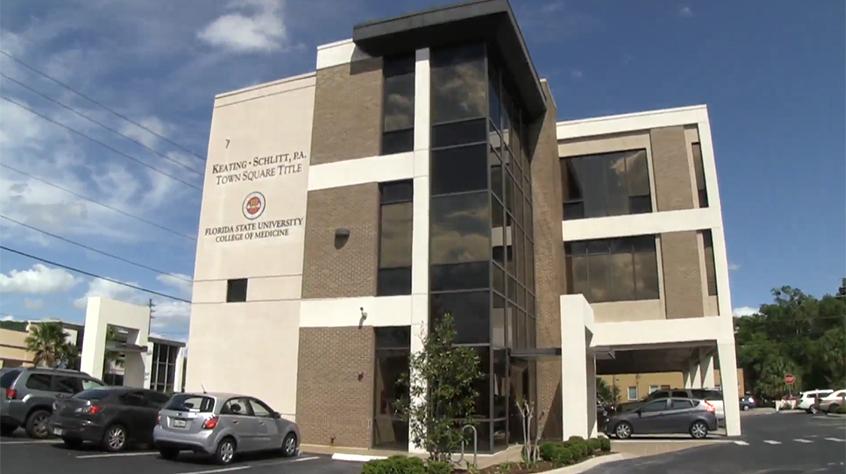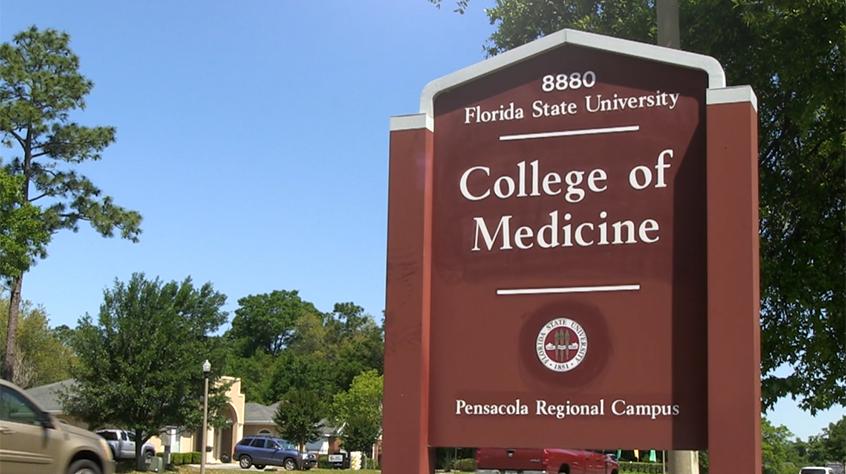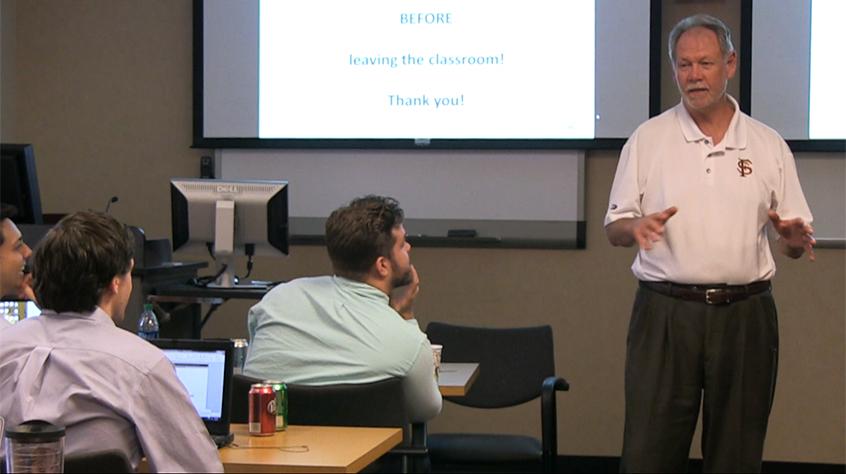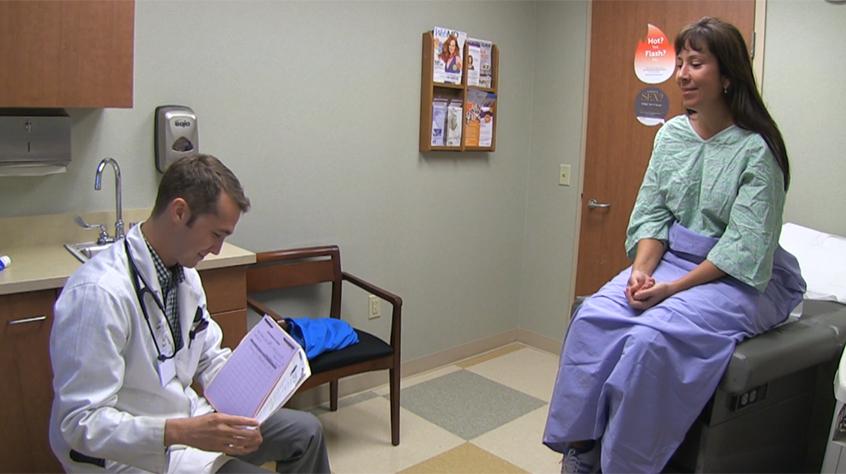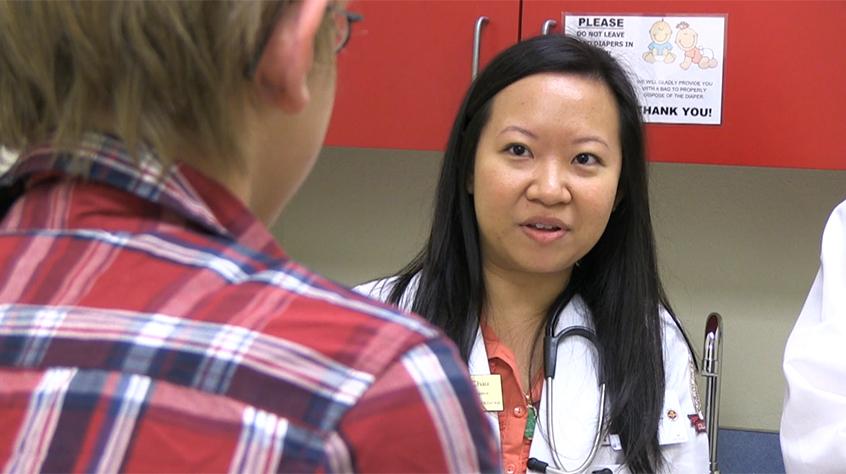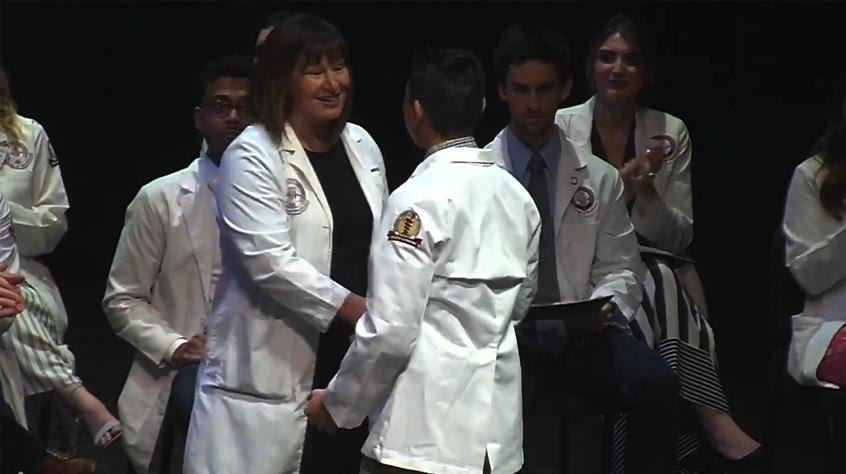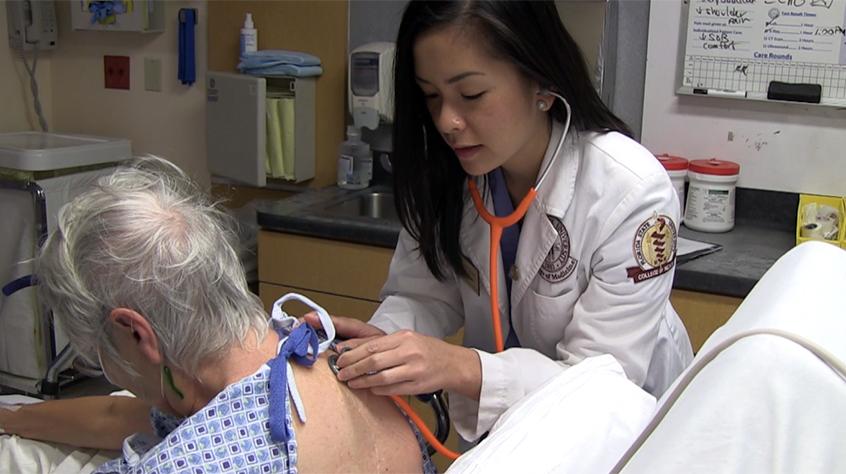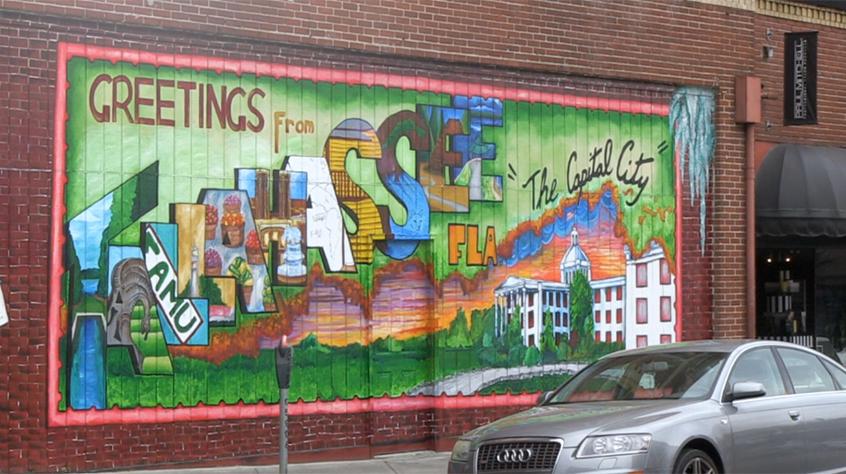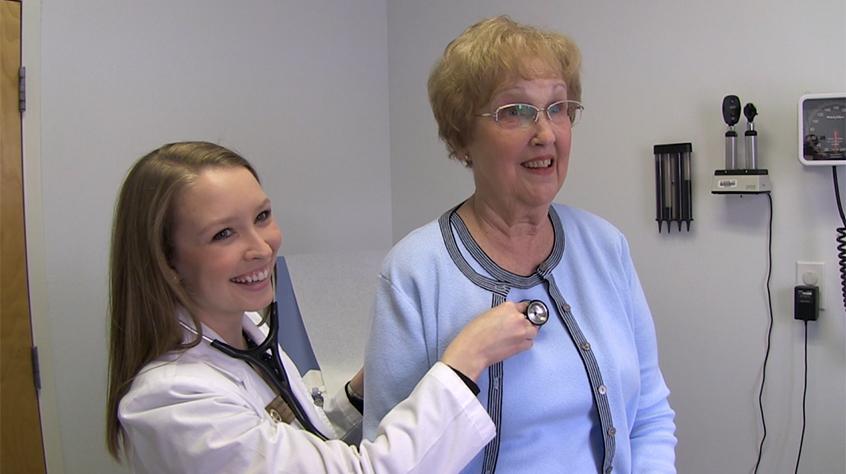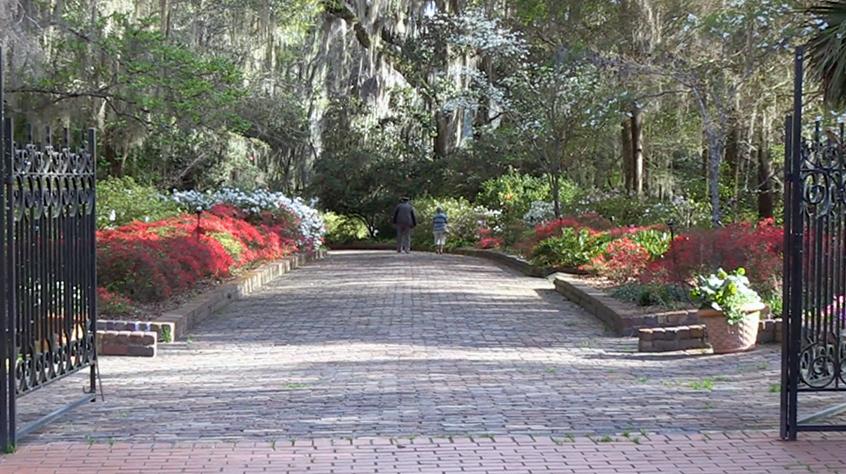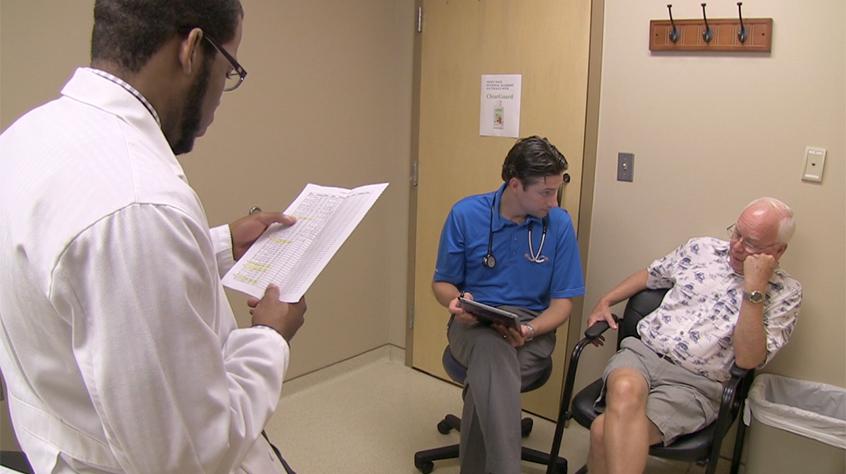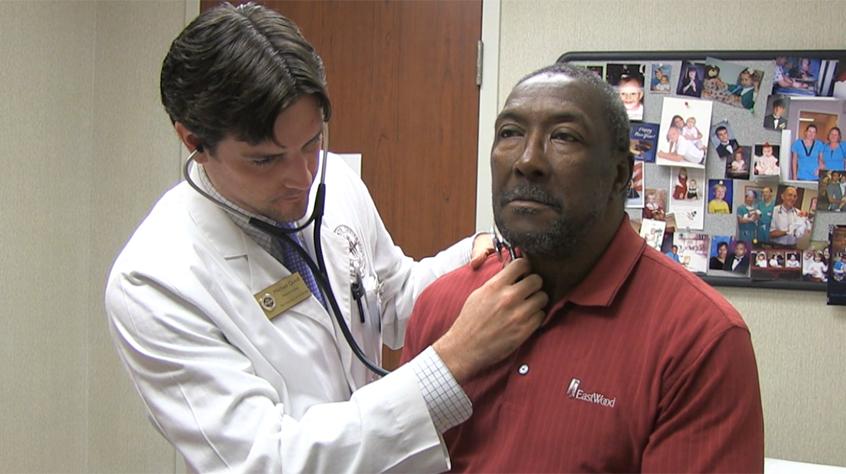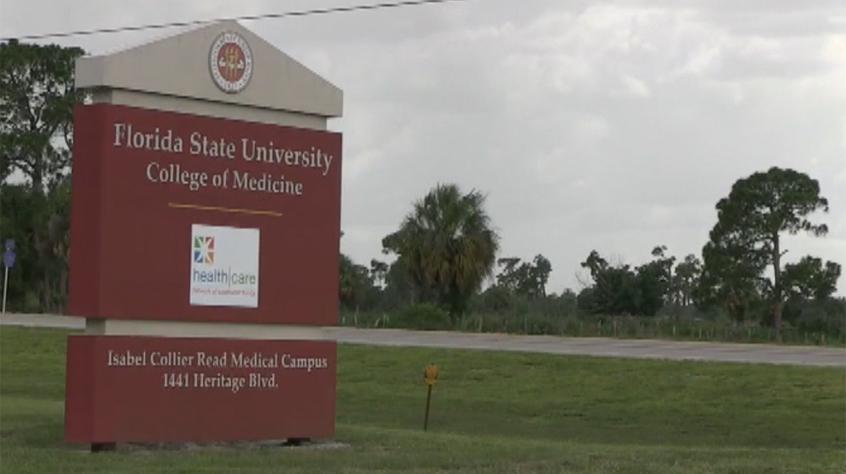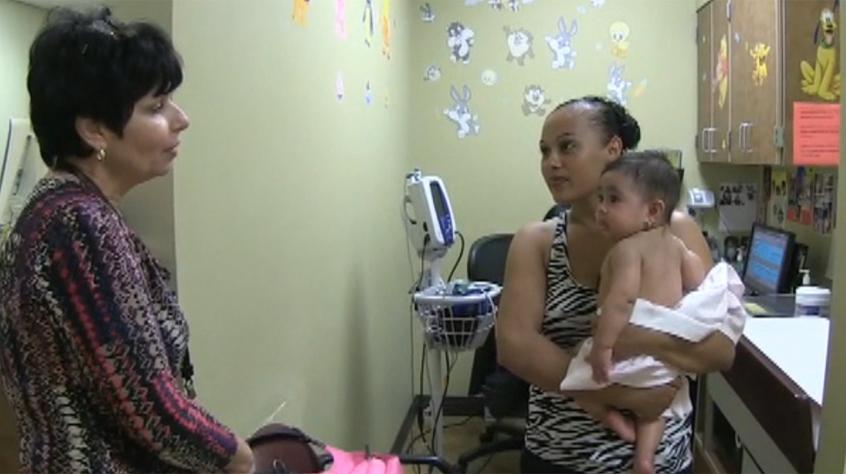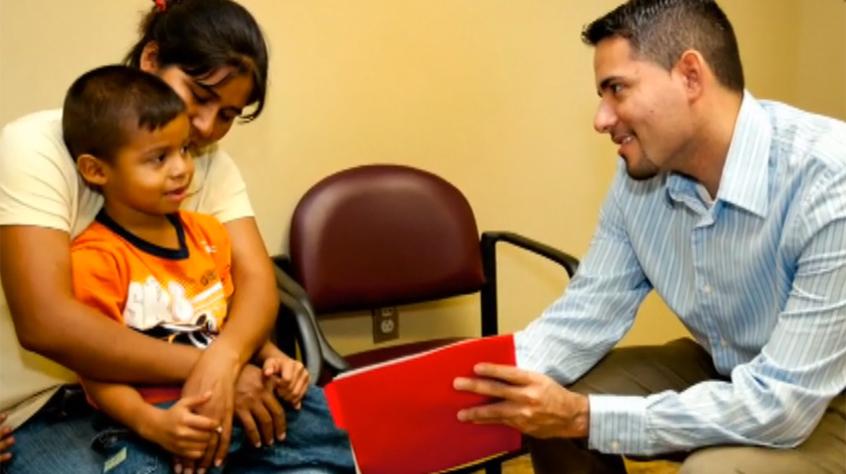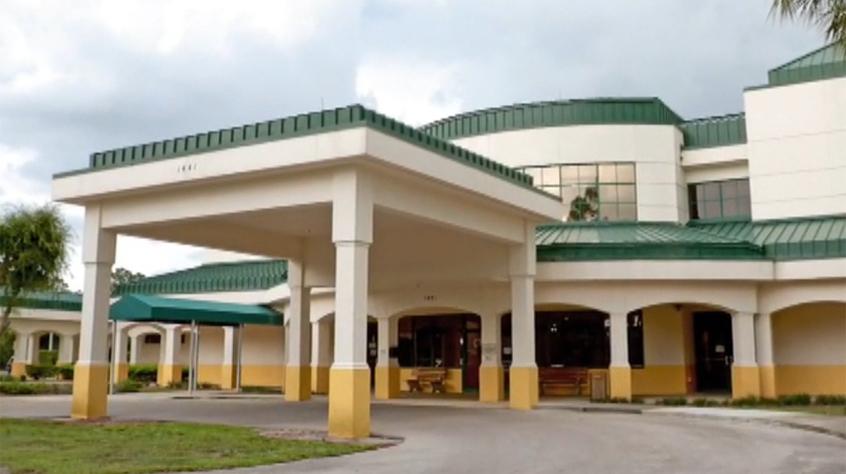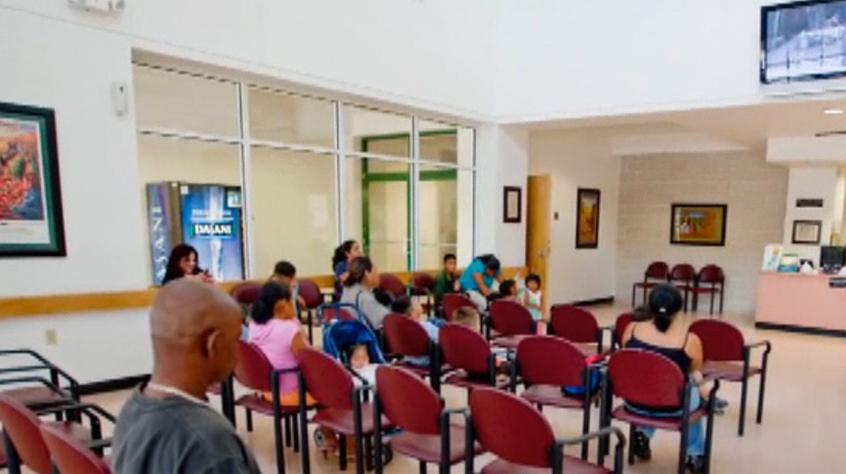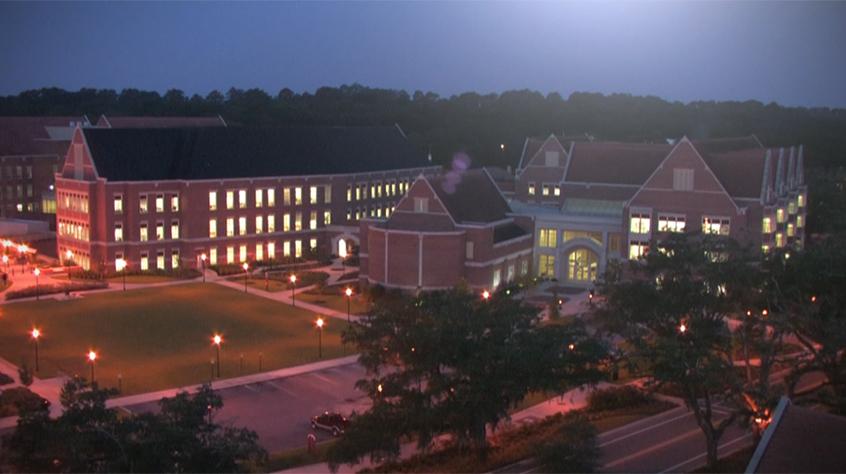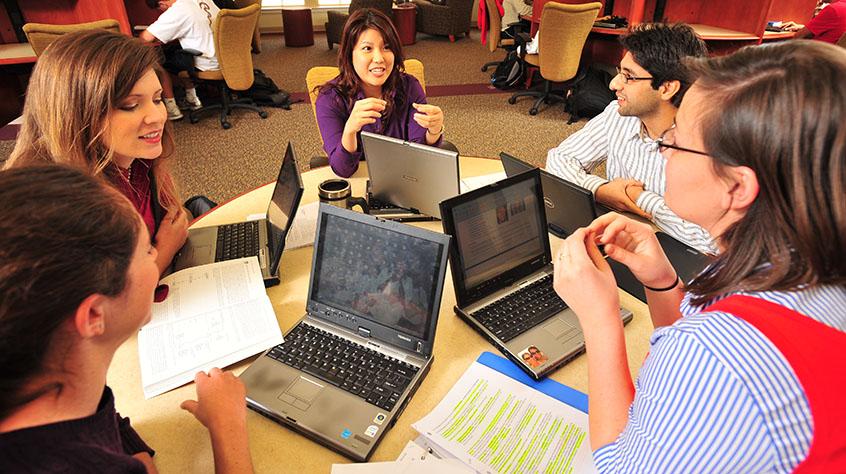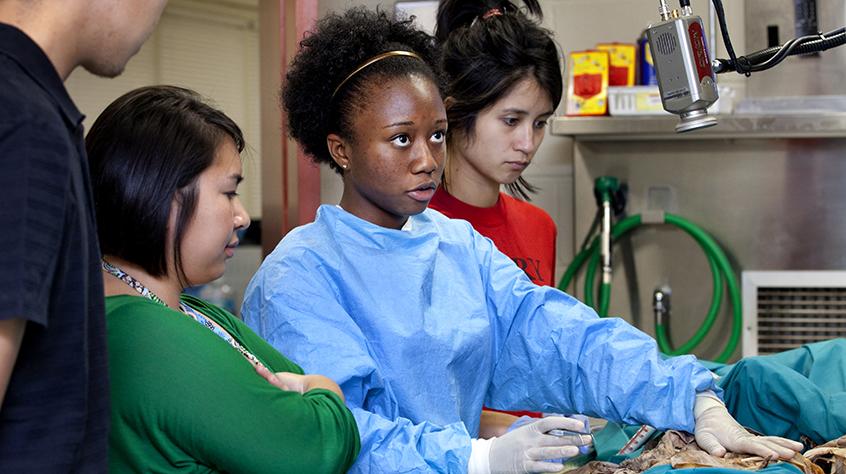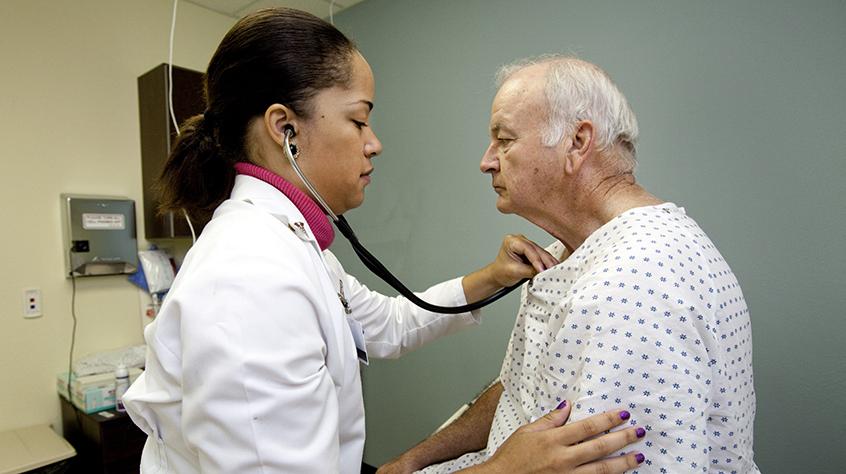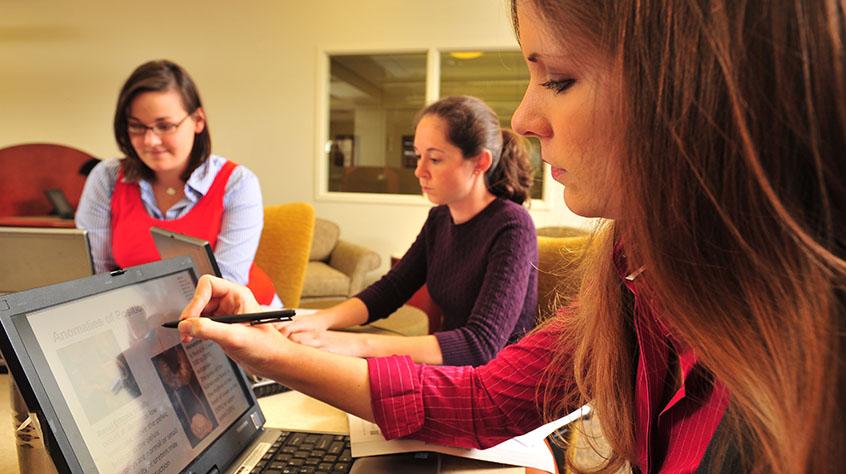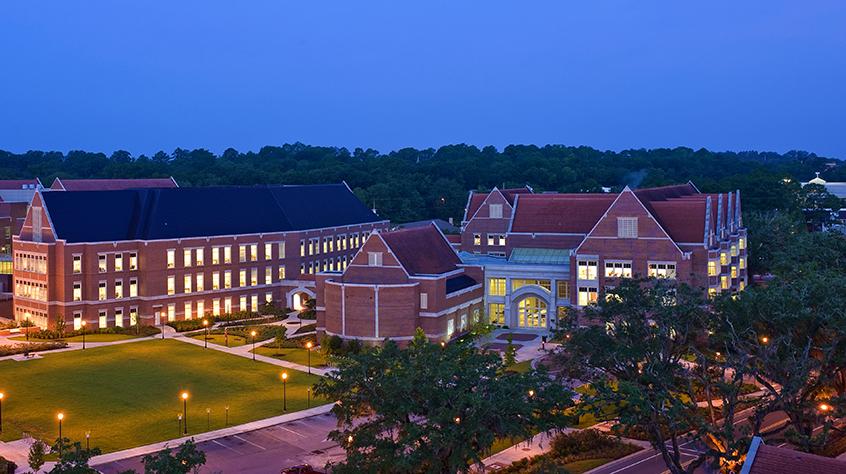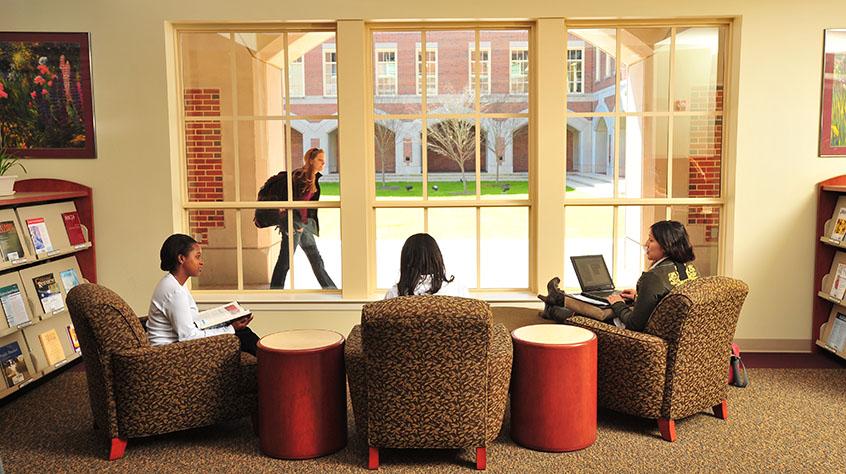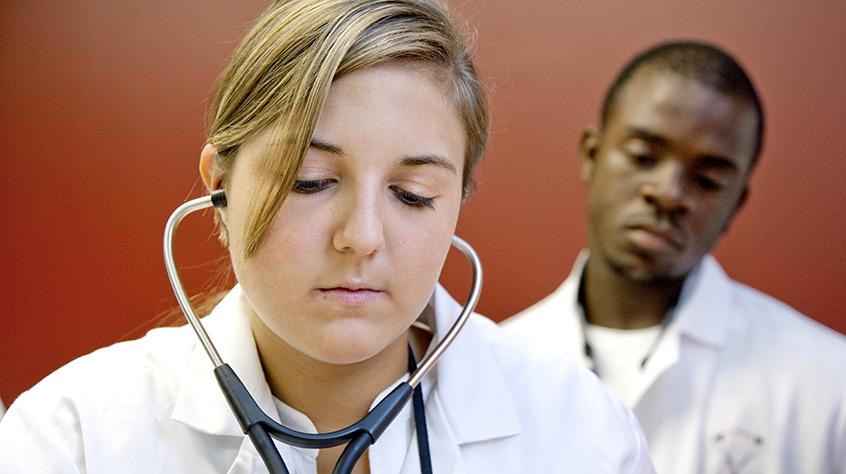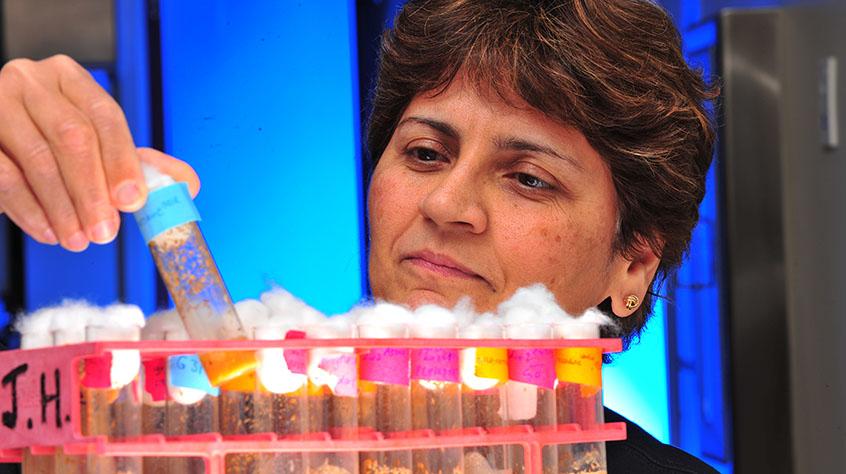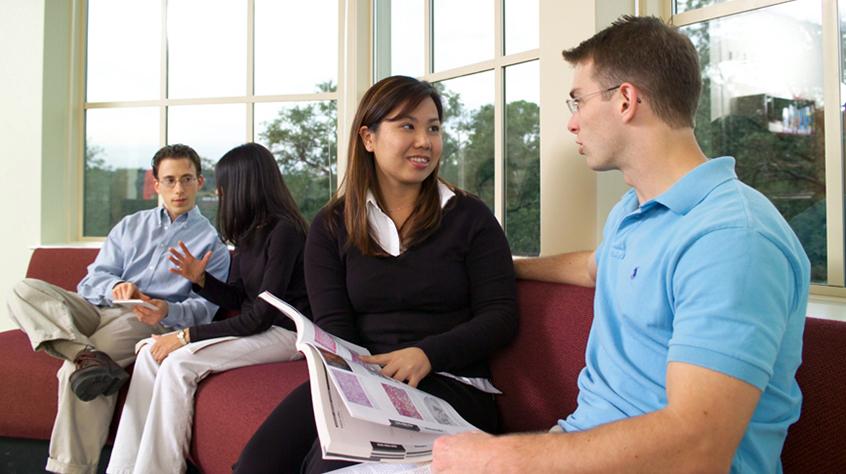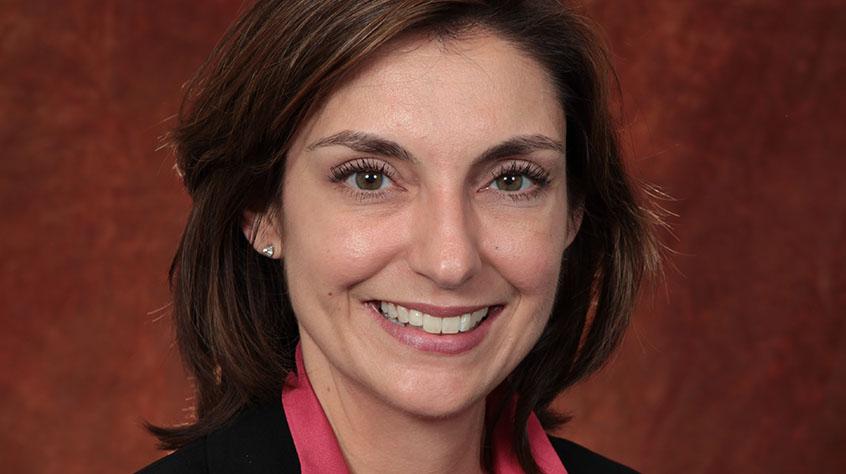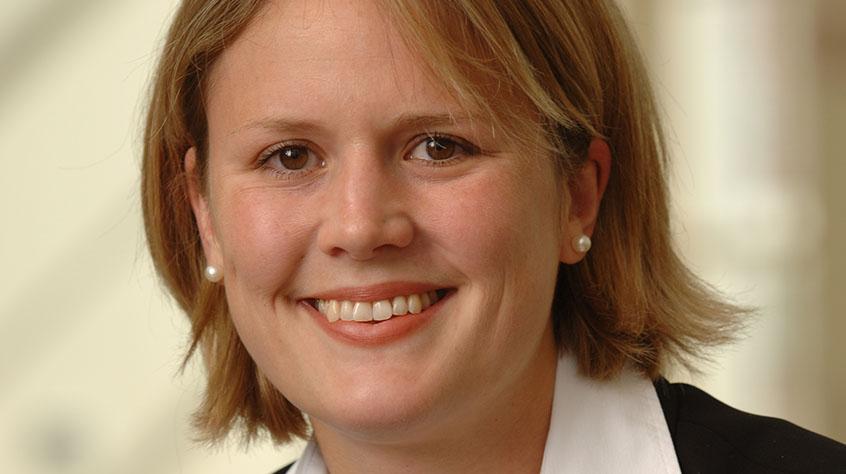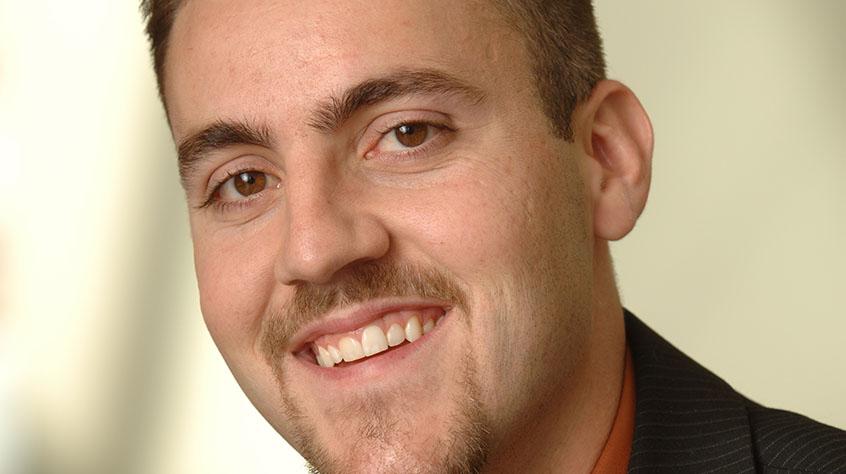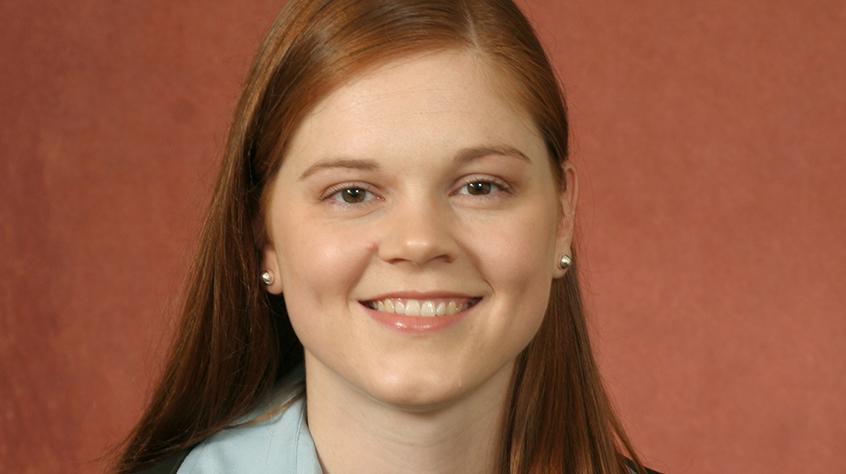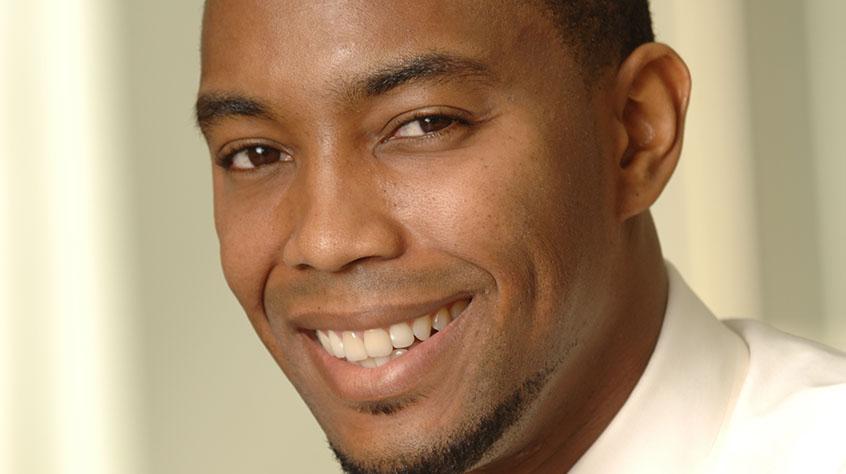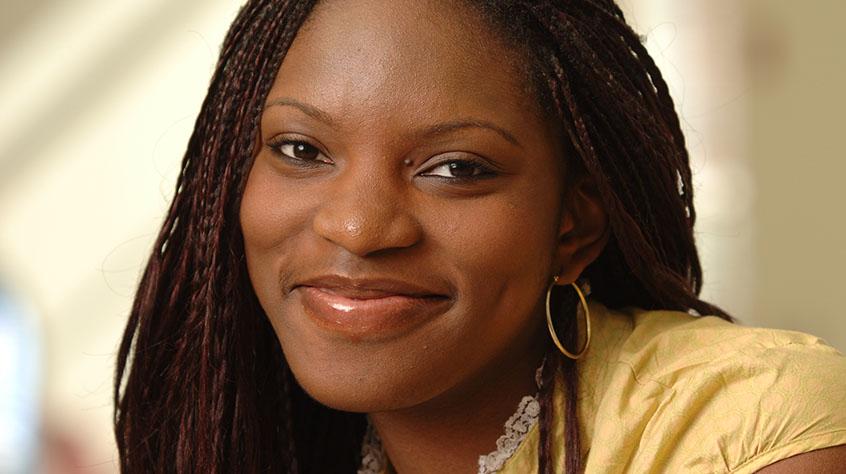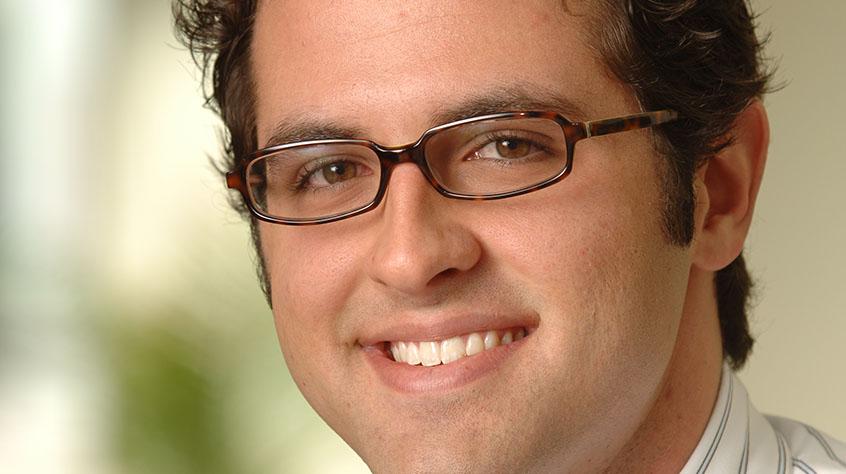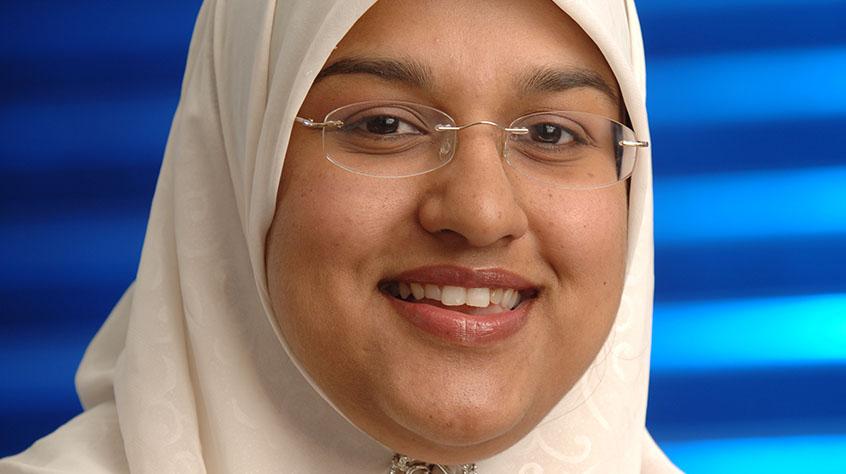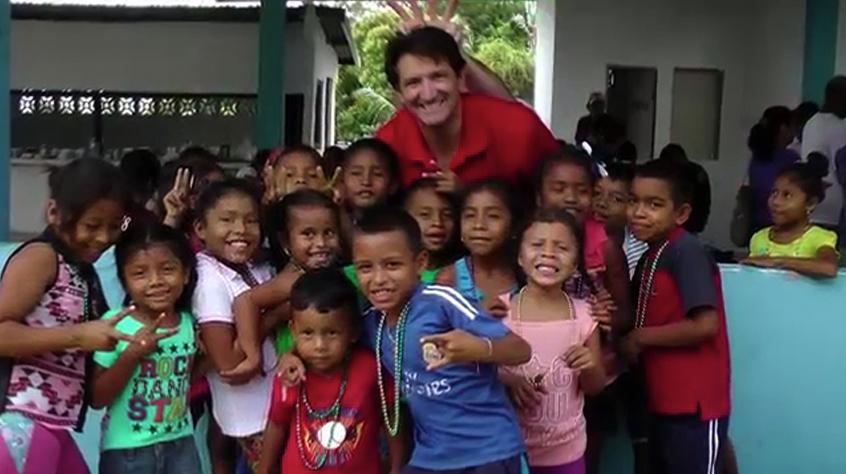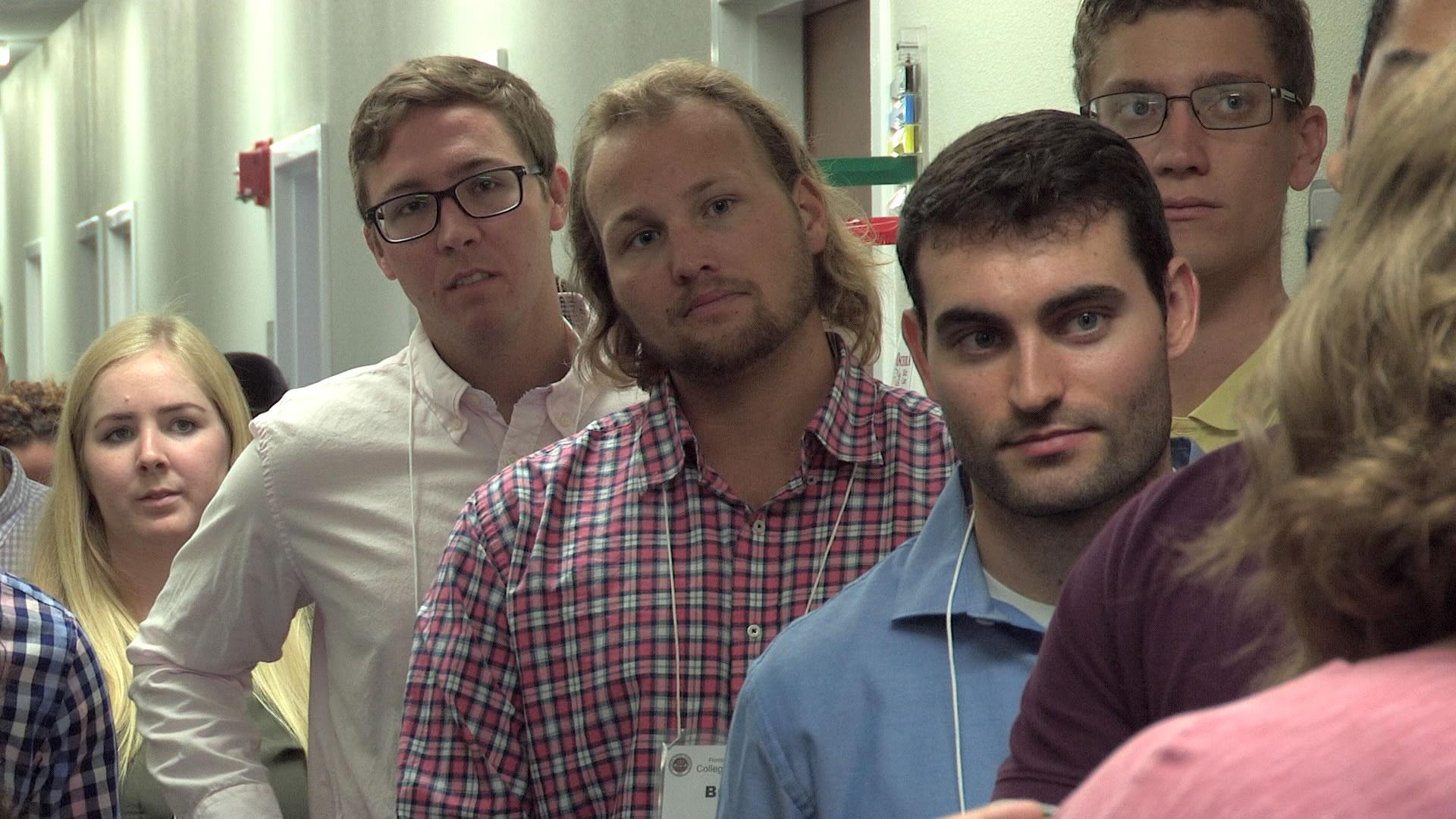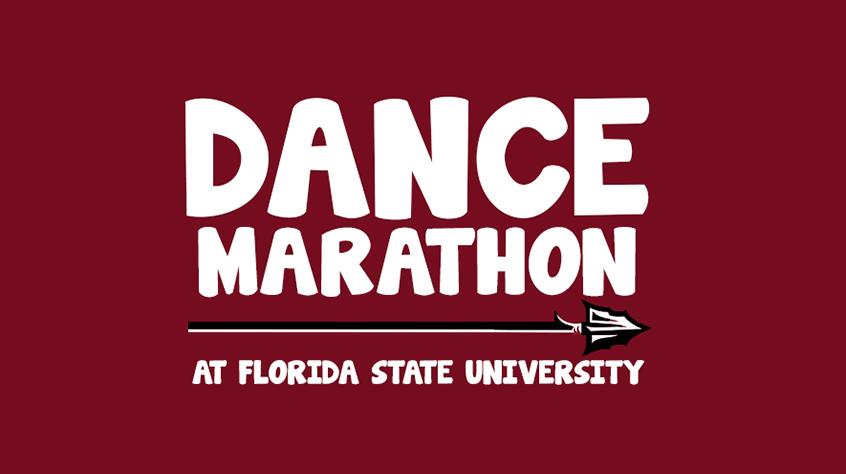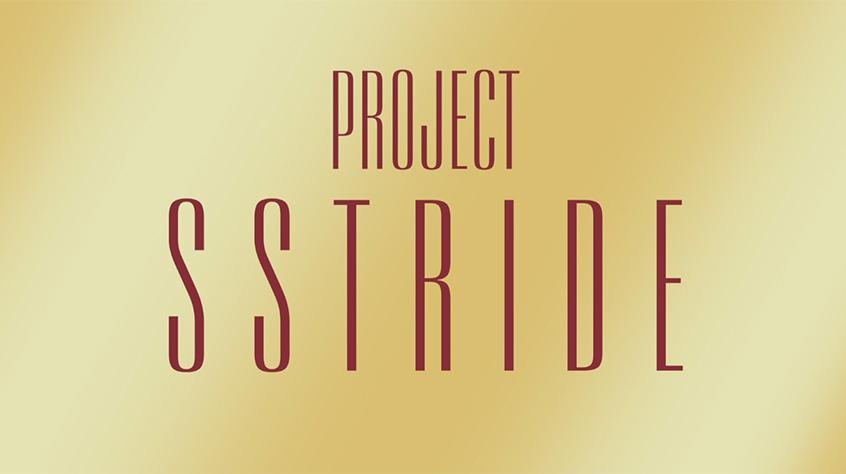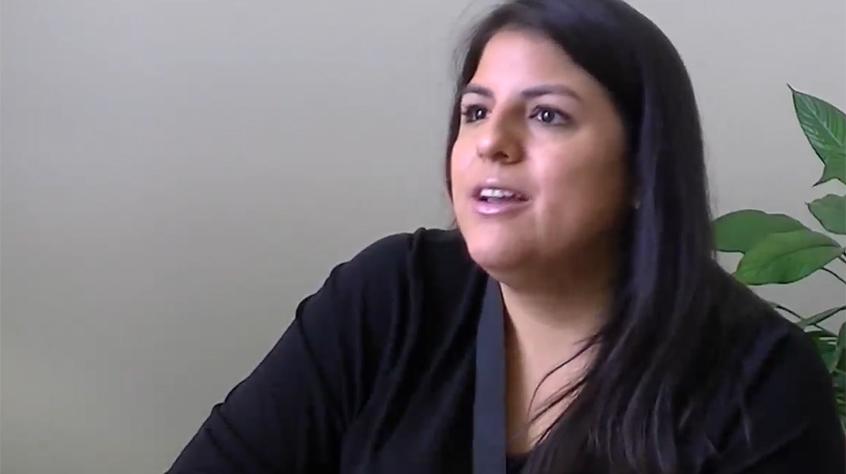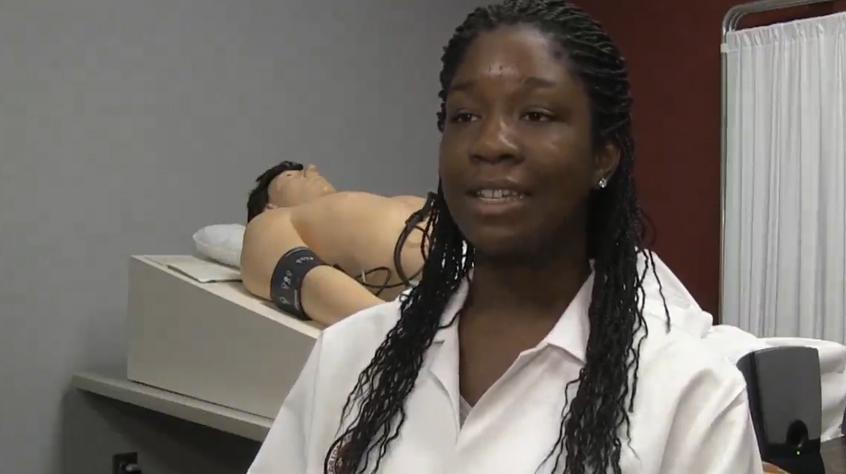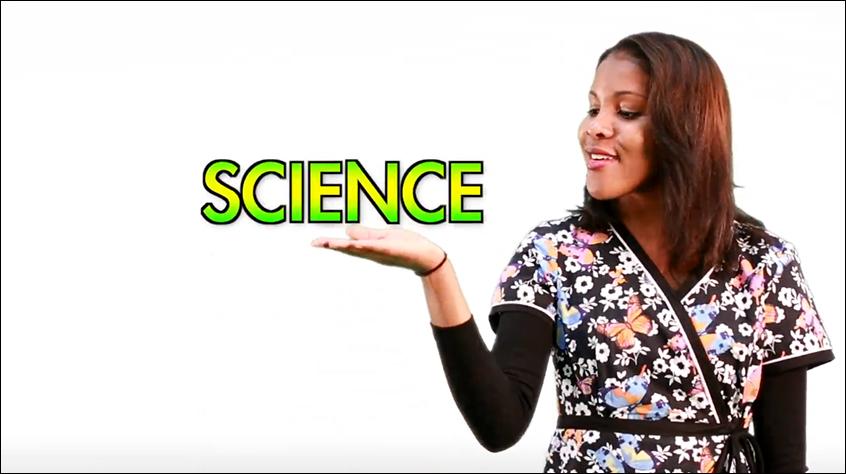THE CURBSIDERS
August 2018
#110: DRIVER’S SAFETY FOR OLDER ADULTS: WHEN IS IT TIME TO GIVE UP THE KEYS?
Get schooled on driver’s safety for older adults by expert, Alice Pomidor MD, Professor of
Geriatrics at Florida State University. Whether or not older adults can continue to drive is a huge problem faced by for primary care clinicians, and will remain one until driverless cars become ubiquitous. Topics covered include: how to take a driving history, red flags, physical exam, cognitive exam, and vision assessment for driver’s safety, resources, when to refer, alternate means of transportation, and the legal repercussions of reporting...or not reporting.
Full show notes available at http://thecurbsiders.com/podcast. Rate us on iTunes, recommend a guest or topic and give feedback at thecurbsiders@gmail.com.
Credits:
Written and produced by: Matthew Watto MD and Elizabeth Garbitelli MD Candidate 2022
Editor: Matthew Watto MD
Cover Image by: Kate Grant MD
Hosts: Matthew Watto MD, Stuart Brigham MD, Paul Williams MD
Guest: Alice Pomidor MD
CLINICAL PEARLS
1. Older drivers are not the best judge of their own ability. Caregivers tend to be a better
judge of driving capability but only if they have first hand experience.
2. Red Flags in History: Family concerns about driving, post surgery or hospitalization or any acute event especially things that induce syncope or cognitive changes such as MI, stroke, brain injury, new onset of conditions like uncontrolled arrhythmias, orthostatic hypotension, history of falls, seizures, hypoglycemic episodes, uncontrolled sleep apnea.
But this is everyone? We need to be addressing with all older adult patients.
3. Remember the 5 Rs for clinicians older adult driver’s safety- Risk Reduction, Revisit/Refer, Resources, Restriction, Reporting.
4. In office visit, you can perform visual, physical, and cognitive assessments to ascertain driving ability. For cognitive testing, use maze or clock drawing, NOT Mini Mental Status Exam.
5. Put yourself on their side, EARLY: Discuss ways to prolong people’s time in driver’s seat to maintain independence, before it becomes an issue. Can be discussed in “welcome to Medicare visit” or in preventative care discussions for certain conditions that could limit driving down the road (e.g: uncontrolled diabetes)
6. Physicians can be held third-party liable if they do not try to stop unsafe driver adequately. It’s safer to err on side of reporting but review local laws.
IN-DEPTH SHOW NOTES
Three Clinical Scenarios Where Driving Discussion Arises
1. Older Adult Self Restricts (e.g, won’t drive at night, avoids highways)
2. ER Follow-Up After Driving Accident
3. “The Hallway Pounce” - Family Member Doesn’t Feel Safe With Patient’s Driving
The 5 Rs for clinicians older adult driver’s safety
1. Risk Reduction: Investigate and treat the driving risk factors due to medication or medical condition.
2. Revisit/Refer: Revisit the issue in follow-ups and consider referral to PT, orthopedics or neuro. Also consider the option of sending patient to a driving rehab specialist or an occupational therapist (OT).
3. Resources: Provide support for patient to remain mobile. Social work and area agencies are helpful.
4. Restriction: Determine conditions for driving limitations. Some patient need to stop driving completely.
5. Reporting: You may be required to report. Every state has different reporting requirements. In general, Dr Pomidor recommends to “err on the side of reporting” because clinicians can be held liable if they should have reported a patient, but didn’t.
Can Drivers Judge Their Own Ability?
Older adult drivers are poor judges of their own driving ability. Caregivers tend to be a better judge of driving capability, but only if they have witnessed a patient’s driving ability first hand. (Bixby Am J Occup Ther. 2015)
Starting the Conversation: Ask how patient got to appointment today. Then, ask if they are driving at all, even if they take alternate transportation to the office. Ask how their driving is going and for more details about driving habits. (E.g. When do you drive? Have you had any near-misses or driving scares?). Don’t assume that patients with limited physical mobility have been instructed not to drive!
Red Flags in History: Family concerns about a patient’s driving i.e. the “hallway pounce”.
Recent surgery, hospitalization, or any acute event that could induce syncope or cognitive changes. Common examples include: MI, stroke, brain injury, new onset of conditions like uncontrolled afib, uncontrolled arrhythmias, orthostatic hypotension, history of falls, seizures, hypoglycemic episodes, or uncontrolled sleep apnea. We need to be addressing with all older adult patients who someday may become impaired. What’s their alternate mobility plan?
THE CLINICAL EXAM
What can we do in clinic or at bedside to test a patient's driving ability?
Musculoskeletal testing: Functional range of motion (ROM) of their arms: clasp hands behind head and hands behind back. ROM in neck: Try to turn head and put chin on each shoulder and see how well they do. “Get up and go”: Get up out of chair without using their hands, walk 10 feet and walk back and sit down. If longer than 10 seconds, then their stability/coordination should be investigated.
Vision testing: Visual acuity of 20/70 is the cutoff for most states. Also test visual field by confrontation. Alternatively, have patient abduct arms to 90 degrees and wiggle their fingers while staring straight ahead. This proves a 180 field of vision if they can see their fingers wiggle. Patients will not notice visual field loss until it gets to 70 degrees (according to Dr Pomidor), which is equivalent to putting hands behind head and keeping elbows at just outside shoulder width. Bilateral visual field deficit is unrecognized by nearly 60% of patients and is associated with double the risk for motor vehicle crash (Kilter J.L (eds) Fifth International Visual Field Symposium. Documenta Ophthalmologica Proceedings Series, vol 35.)
Cognition: The mini mental status exam is NOT correlated with driving ability. Use the clock drawing test instead, which examines visual spatial, abstract reasoning, planning, and reading sense. Dr Pomidor often performs the “Mini Cog”: clock drawing combined with 3 item delayed recall.
Instructions for mini-cog (Tsoi JAMA Int Med 2015): Give patient 3 words to recall. Write them down so you remember. Have patient draw a circle and ask them to put numbers on the face of a clock. Give them a minute. Then ask them to place the hands at either: 10 after 11 o’clock or 20 after 8 o’clock. Those times are specifically chosen because they utilize both sides of the clock and are not overly rehearsed times (e.g. 9 o’clock). Finally, ask them to recall the words.
Scoring: Is there a circle? Numbers in right spot? Numbers all there? Is the time correct? Usually you can see easily “good clock” vs. “bad clock” and advanced scoring is not needed.
Snellgrove Mazes- Count dead-ends or hitting walls, if patient takes longer than 30 seconds or more than 7 dead-ends or wall hits, then they fail (Here’s an article on maze tests and crash risk
https://www.ncbi.nlm.nih.gov/pubmed/22683280 ).
COUNSELING
Having The Tough Discussion: If discussing a new medication or new condition, use it as an opening to discuss driving skills. Frame the discussion around safety, and accident prevention.
Emphasize the costs of vehicle repair, medical bills and the need to recover from a serious injury. Ask the caregiver if they’ve noticed how a patient’s medical conditions have affected their physical functioning or driving ability. This helps to show patients that the disease is taking away their driving ability, not the physician or their family.
Put yourself on their side, EARLY: Discuss ways to prolong people’s time in driver’s seat to maintain independence, before it becomes an issue. This fits nicely into the “welcome to
Medicare visit”, or during preventative care discussions about conditions that could limit driving
down the road (e.g. uncontrolled diabetes). -Dr Pomidor
Taking Away the Keys
1. Alternative transportation: Ask how they would get around if they had surgery? (Options include: public transportation, ride sharing, UberHealth and Go-Go-Grandparents)
2. Strategies to deal with Refusal (or forgetting) To Stop Driving: Write patient a prescription to stop driving and leave it on the steering wheel. The keys can also be ground down or “lost”. Put a dead battery in the key FOB. Park the car at a distance, or gift the vehicle to a struggling young adult. Disable car, and leave a note under the hood stating not to repair the vehicle without calling patient’s caregiver.
3. The DMV will give patient an alternate ID when they turn in their driver’s license.
Reporting Unsafe Drivers
Know your states laws. Is there immunity for reporting? Can you be prosecuted for breach of confidentiality? Is reporting anonymous? Physicians can be held third-party liable if they do not try to stop unsafe driver adequately. Document that you have counseled patients and their caregivers of patient’s inability to drive. In general, it’s safer to err on side of reporting. Report patients to the agency in your state that provides drivers licenses (usually a DMV, though Texas has a Dept of Public Safety).
Dr. Pomidor’s Take-Home Points
1) Ask About Driving: It’s your responsibility as the clinician
2) Start Early with Driving Discussion: Link preventative health care to continuing to drive safely. This puts you on the patient’s “side”
3) Ask Yourself: Would you accept a ride from this person?
Goal: Listeners will learn a systematic and pragmatic approach to the evaluation and management of older adult driver’s safety.
Learning objectives:
After listening to this episode listeners will…
1. Understand a clinician’s role in older adult drivers’ safety
2. Identify red flags in the history and physical that relate to older adult drivers’ safety.
3. Develop plans for older drivers’ safety by utilizing available resources to help patients (and caregivers) safely maintain independence and mobility
4. Utilize early interventions for prevention of adverse outcomes for older adult drivers
5. Counsel older adults and their caregivers on drivers’ safety
6. Recognize important clinical risk factors that affect older adult drivers’ safety
7. Explain the legal obligations and ramifications for clinicians
8. Perform a clinical assessment of vision, motor and cognitive function for older adult drivers’ safety
9. Recall the 5 R’s for clinicians (risk reduction, revisit/refer, resources, restriction, and reporting) in older adult driver’s safety


